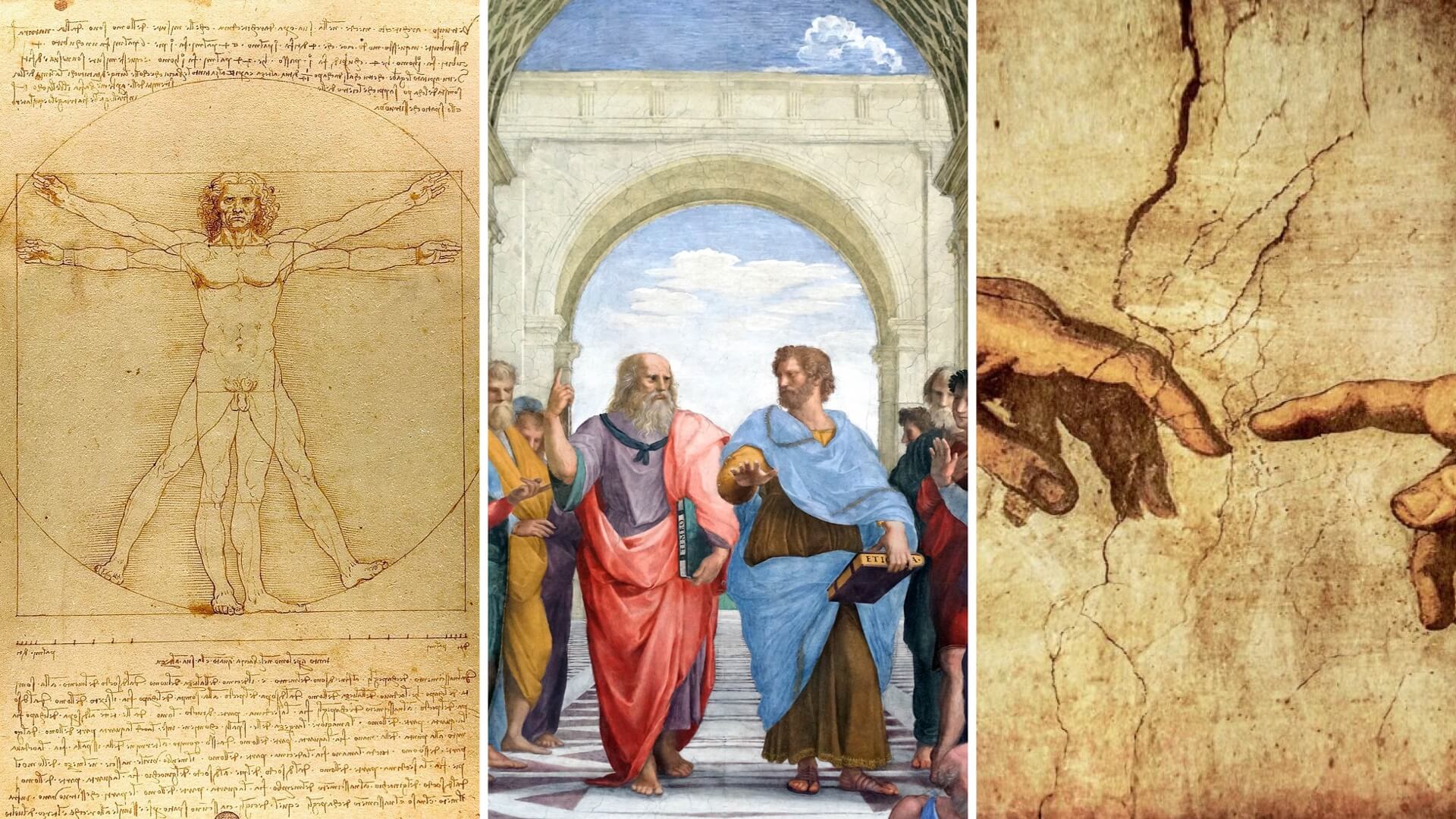Picture a world bursting with creativity, where revolutionary ideas and awe-inspiring masterpieces were born, transforming the very fabric of society. Welcome to the Renaissance, a monumental period in history that spanned from the 14th to the 17th century and unleashed an unprecedented wave of artistic, cultural, and intellectual innovation.
As we journey through this fascinating period, we’ll uncover the secrets behind its lasting impact on our world and explore the Renaissance definition and how the Renaissance forever changed the course of history.
What was the Renaissance Era?
First, let’s define The Renaissance
This remarkable era saw humanity break free from the shackles of the medieval mindset, embracing a newfound appreciation for classical knowledge and human potential. Let’s start by taking a look at the Renaissance definition.
RENAISSANCE DEFINITION
What was the Renaissance Movement?
The Renaissance was a groundbreaking period in history that spanned from the 14th to the 17th century, marking a major shift in the cultural and intellectual landscape of Europe. It was characterized by a renewed interest in the arts, literature, science, and philosophy, fueled by a desire to rediscover the knowledge of ancient civilizations. This era saw a significant departure from the medieval mindset, paving the way for modern society.
During the Renaissance, society experienced a surge in creativity and innovation, with many prominent figures emerging and leaving their mark on history. Among them were Leonardo da Vinci, who revolutionized art with his intricate paintings like the Mona Lisa and The Last Supper; William Shakespeare, who transformed literature with his timeless plays; and Galileo Galilei, who made groundbreaking discoveries in the field of astronomy.
The Renaissance was a transformative era that redefined our understanding of art, philosophy, literature, and science, setting the stage for the modern world we know today. Its enduring influence continues to inspire and shape contemporary culture.
Famous Renaissance People:
- Leonardo da Vinci
- Michelangelo
- William Shakespeare
- Galileo Galilei
- Raphael Sanzio
When Was the Renaissance in History?
Origins of the Renaissance
The Renaissance emerged from the ashes of the Middle Ages, a period known for its feudalism, religious conflicts, and general stagnation in education and the arts. Europe, during the Middle Ages, was characterized by a rigid social hierarchy, with the Church dominating many aspects of daily life. Political power was fragmented, and the economy was primarily agrarian, with limited trade and cultural exchange.
As the Middle Ages drew to a close, several factors contributed to the birth of the Renaissance. First and foremost, the economic landscape began to shift, as trade and commerce expanded, leading to the rise of wealthy merchant classes, particularly in Italy. This newfound wealth allowed patrons to invest in the arts and other cultural pursuits, fostering an environment ripe for creativity and innovation.
One such influential family was the Medici of Florence, who played a pivotal role in the development of the Renaissance. Check out this video by CrashCourse to learn more about the impact of the Medici Family and their role in the Renaissance.
Florence and the Renaissance: Crash Course Renaissance Meaning
As powerful bankers and patrons of the arts, the Medici family supported numerous artists, architects, and scholars, including Leonardo da Vinci, Michelangelo, and Sandro Botticelli.
Their patronage not only provided financial backing but also created a competitive atmosphere that drove artists to push the boundaries of their craft. One interesting anecdote is the story of Lorenzo de' Medici, also known as Lorenzo the Magnificent, who was a great patron of the arts and an accomplished poet himself. Under his rule, Florence became the cultural epicenter of the Renaissance.
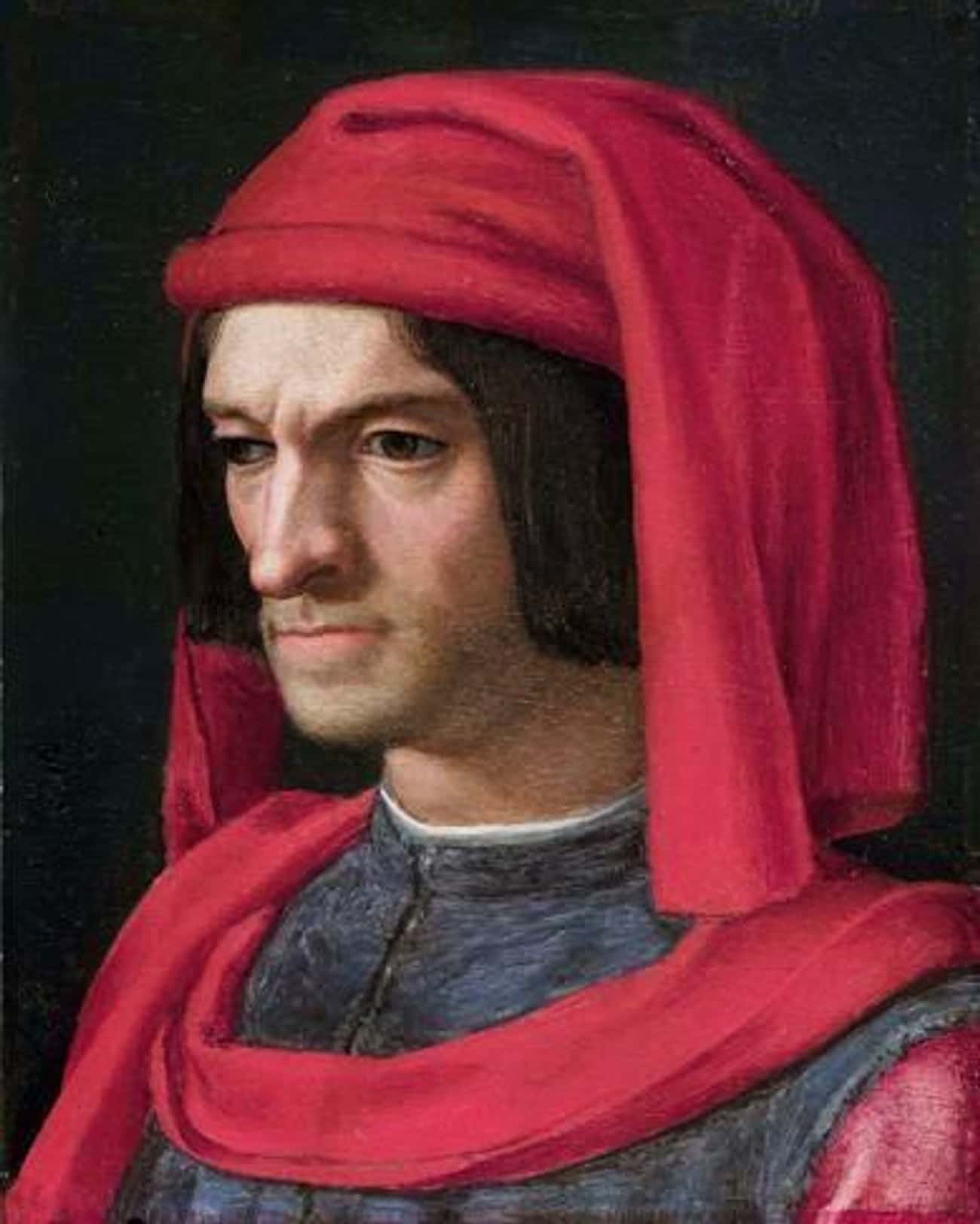
15th Century Portrait of Lorenzo de’ Medici by Bronzino
Central to the Renaissance movement was the revival of Roman and Greek art and culture. This fascination with antiquity stemmed from a desire to reconnect with the wisdom and achievements of the past, which were seen as a guiding light for the present.
Artists and scholars began to study classical texts, sculptures, and architectural styles to draw inspiration for their work. Key motifs and images, such as mythological figures, human anatomy, and natural landscapes, became popular in Renaissance art.
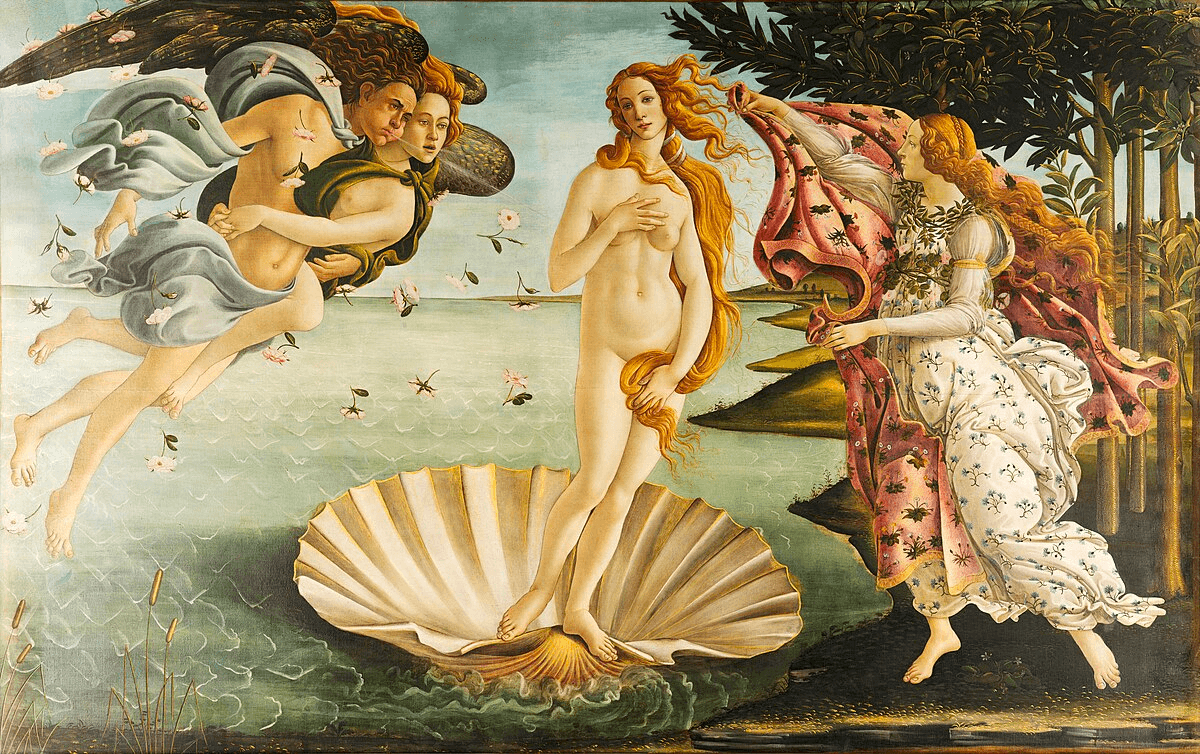
The Birth of Venus by Sandro Botticelli (c. 1484–1486)
Some of the most famous works that embody the spirit of the Renaissance include Leonardo da Vinci's Mona Lisa, Michelangelo's David, and Raphael's School of Athens. These masterpieces showcase the era's emphasis on realism, proportion, and harmony, as well as its fascination with human potential and the natural world.
The origins of the Renaissance period can be traced back to the changing economic, social, and cultural landscape at the end of the Middle Ages. The patronage of powerful families like the Medici, coupled with a renewed interest in classical art and culture, ignited a creative revolution that would change the course of history forever.
Related Posts
Why Was the Renaissance Important for Art?
Evolution of Art during the Renaissance
During the Middle Ages, religious themes dominated the art world as a means of communicating spiritual messages and stories. However, the Renaissance heralded a significant shift towards secular subjects, driven by factors such as the rise of humanism and an increasing interest in individualism.
This transition allowed artists to explore a broader range of subject matter, such as portraiture, mythology, and scenes from daily life, paving the way for new styles and techniques in art.
Impact on Subject Matter and Style
The shift from religious to secular themes led to greater diversity in the subject matter of Renaissance art. Artists began to focus on capturing the essence of the human experience, often concentrating on the beauty and complexity of the natural world.

Diana and Actaeon by Titian (c. 1556–1559)
This newfound emphasis on secular themes encouraged artists to experiment with different styles and mediums, leading to a wealth of artistic innovation during this period.
Pioneering Techniques in Renaissance Art
The Renaissance witnessed the introduction of several groundbreaking techniques that would forever change the course of art history. Linear perspective, pioneered by Filippo Brunelleschi, enabled artists to create convincing illusions of depth and three-dimensionality on two-dimensional surfaces.
Meanwhile, chiaroscuro, the manipulation of light and shadow, added a sense of volume and depth to artwork, as exemplified in the works of Leonardo da Vinci and Caravaggio. Additionally, artists such as Michelangelo dedicated themselves to studying human anatomy, resulting in more realistic and naturalistic representations of the human figure.
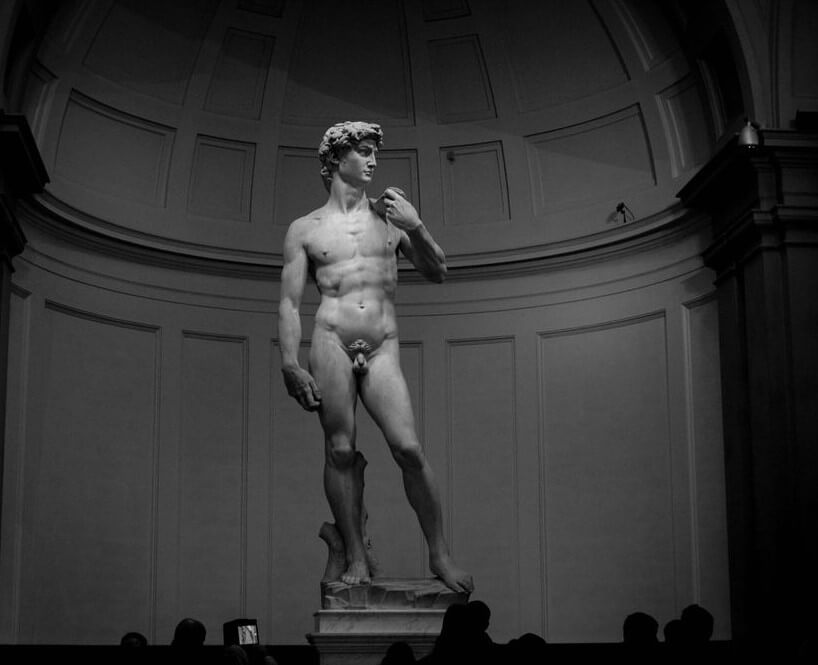
David by Michelangelo
Some iconic examples of Renaissance art showcasing these innovations include Leonardo da Vinci's The Last Supper (linear perspective), Caravaggio's The Calling of St. Matthew (chiaroscuro), and Michelangelo's David (anatomical accuracy). These pioneering techniques had a profound impact on the art world, setting new standards for artistic excellence and paving the way for future generations of artists.
What Was the Renaissance?
Classical Influence on Renaissance Art
The rediscovery of classical art and literature from ancient Greece and Rome played a crucial role in shaping the artistic ideals of the Renaissance. Artists and scholars were captivated by the harmony, balance, and beauty of classical works, seeking to emulate these qualities in their own creations we define as classicism art.
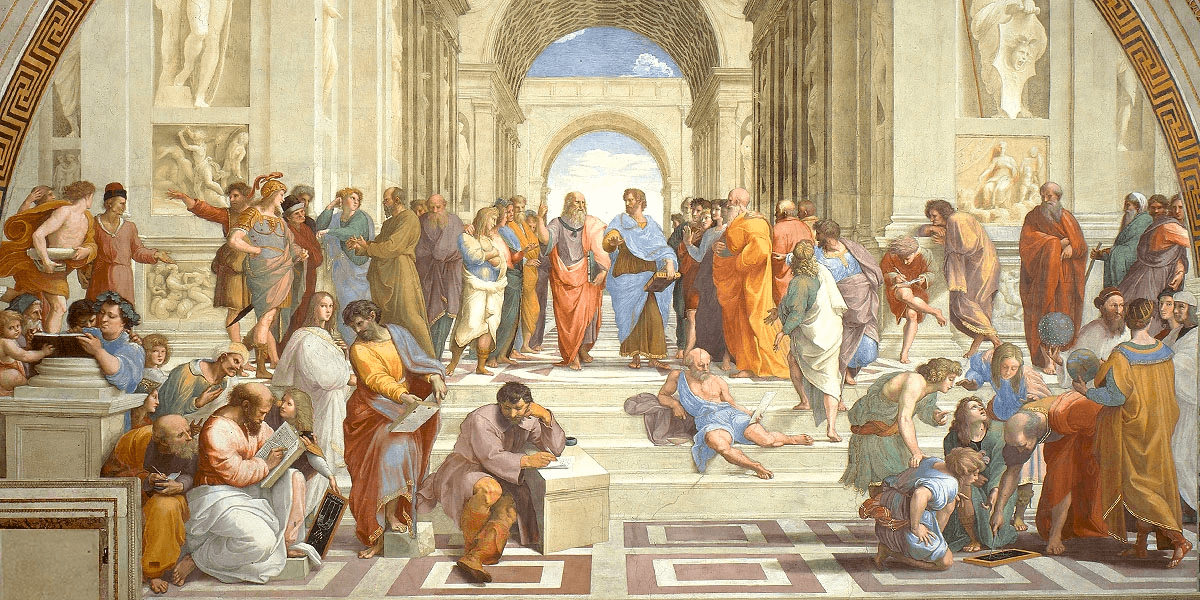
The School of Athens by Raphael
Renaissance artists incorporated various classical elements into their work, such as idealized human forms, contrapposto poses, and architectural features like columns and arches.
These classical influences can be seen in numerous masterpieces of the era, such as Botticelli's The Birth of Venus and Raphael's School of Athens. The marriage of classical ideals with innovative techniques during the Renaissance laid the foundation for the evolution of art as we know it today.
Related Posts
What was the Renaissance Movement?
Flourishing of Renaissance Literature
Embarking on our journey through Renaissance literature, let's first explore the groundbreaking shift towards vernacular languages and how this change revolutionized the literary world.
A Shift Away from Latin
The Renaissance marked a significant shift in literature with the rise of vernacular languages, moving away from the dominance of Latin. This change allowed for greater accessibility to knowledge and ideas, as more people could read and understand works written in their local languages. The invention of the printing press also played a crucial role in disseminating vernacular literature, making it more affordable and widely available to the masses.
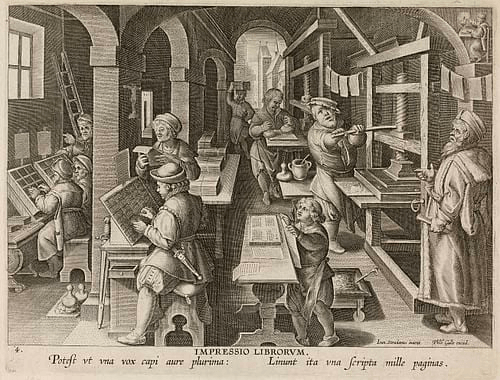
Flemish Book Printer in the 16th Century
The Rise of Humanist Thought
During the Renaissance, humanism greatly influenced literature, emphasizing human values, individualism, and classical texts. Consequently, literature focused on human experiences and emotions, often inspired by ancient Greek and Roman works.
Literary works of the time often focused on human potential, the pursuit of knowledge, and the importance of reason. This newfound interest in human-centered values led to a more personal and introspective approach to storytelling, with characters experiencing complex emotions and grappling with moral dilemmas.
Pioneering Authors and Their Contributions
Dante Alighieri, the father of the Italian language, profoundly impacted Renaissance literature with his epic poem, The Divine Comedy, showcasing Italian's potential and influencing future writers.
Geoffrey Chaucer, a prominent English poet, is renowned for The Canterbury Tales, offering insights into medieval England through witty, humorous stories.
William Shakespeare, a literary icon, captivated audiences with timeless plays and sonnets, exploring human emotions and complexities, solidifying his status as a literary legend.
The works produced during this period laid the foundation for the evolution of literature and continue to inspire readers and writers alike
Scientific Renaissance Period
Scientific Revolution in the Renaissance
The Renaissance era's scientific revolution fundamentally altered human understanding and engagement with the world, leading to key developments, discoveries, and relationships that shaped this transformative period. There were a few key developments, discoveries, and relationships that emerged that made this a transformative time in human history.
The Scientific Method: A New Approach to Knowledge
One of the most significant intellectual advancements during the Renaissance was the development of the scientific method. This systematic approach to acquiring knowledge emphasized observation, experimentation, and the use of logic and reason to draw conclusions.
The scientific method emerged as a response to the limitations of relying solely on ancient texts and authoritative figures for information. Several key figures contributed to the development and popularization of the scientific method during the Renaissance. One of the most influential was Francis Bacon, an English philosopher and scientist who argued that true knowledge could only be obtained through empirical investigation.
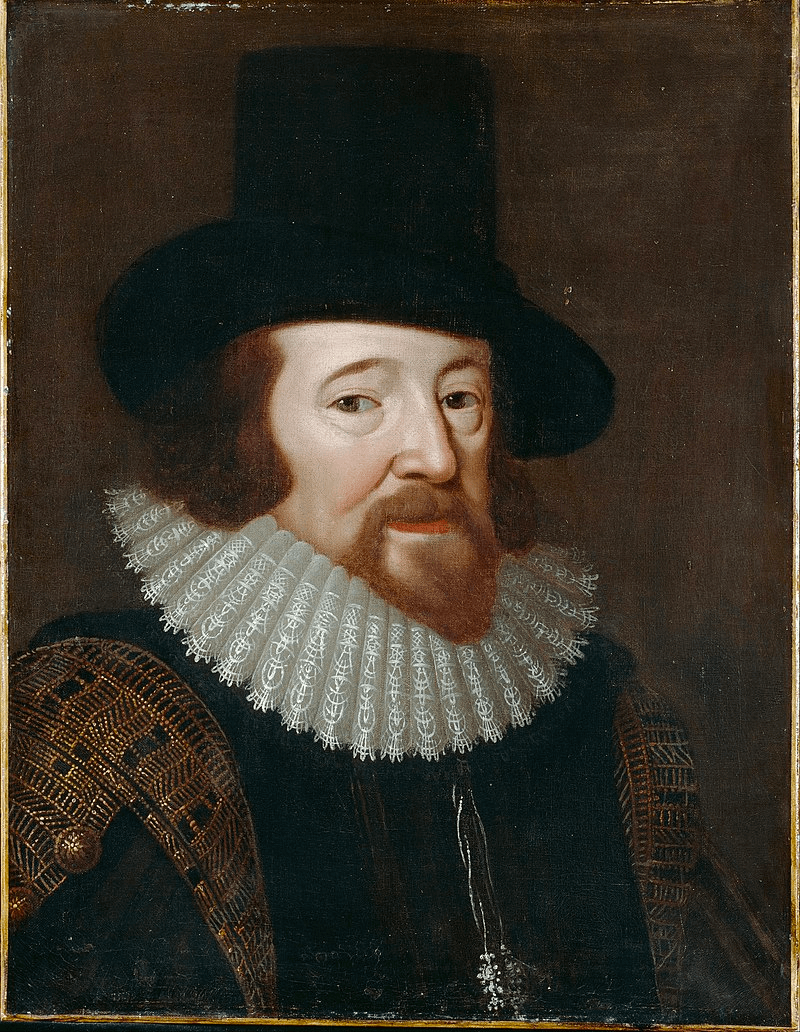
Portrait of Francis Bacon by Paul van Somer I (c. 1617)
Bacon's inductive approach, which involved collecting data through observation and experimentation before drawing general conclusions, laid the foundation for modern scientific inquiry.
Another important figure was René Descartes, a French philosopher and mathematician. He emphasized deductive reasoning, believing knowledge could be derived from self-evident principles. His famous statement, "Cogito, ergo sum," highlighted the importance of rational thought in knowledge pursuit.
Key Discoveries and Inventions
The scientific revolution of the Renaissance led to numerous groundbreaking discoveries and inventions that transformed various fields of study.
In astronomy, Copernicus proposed the heliocentric model, supported by Galileo's telescopic observations and Kepler's laws of planetary motion. Newton's law of universal gravitation further explained celestial forces.
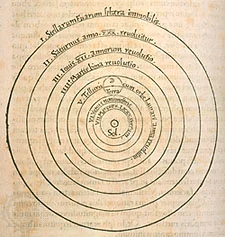
Nicolaus Copernicus’ heliocentric system
In medicine, Vesalius's dissections improved human anatomy understanding, while Harvey discovered blood circulation.
In physics, Galileo's experiments debunked Aristotle's theories, and Newton's laws of motion and gravity concept unified our understanding of the physical world.
Science and Religion: Conflict and Collaboration
The relationship between science and religion during the Renaissance was complex and multifaceted. On one hand, the scientific revolution challenged many religious beliefs and authorities, leading to conflicts between scientists and religious institutions.
For example, the Catholic Church condemned Galileo Galilei for his support of the heliocentric model, as it contradicted the church's teachings on the structure of the universe.
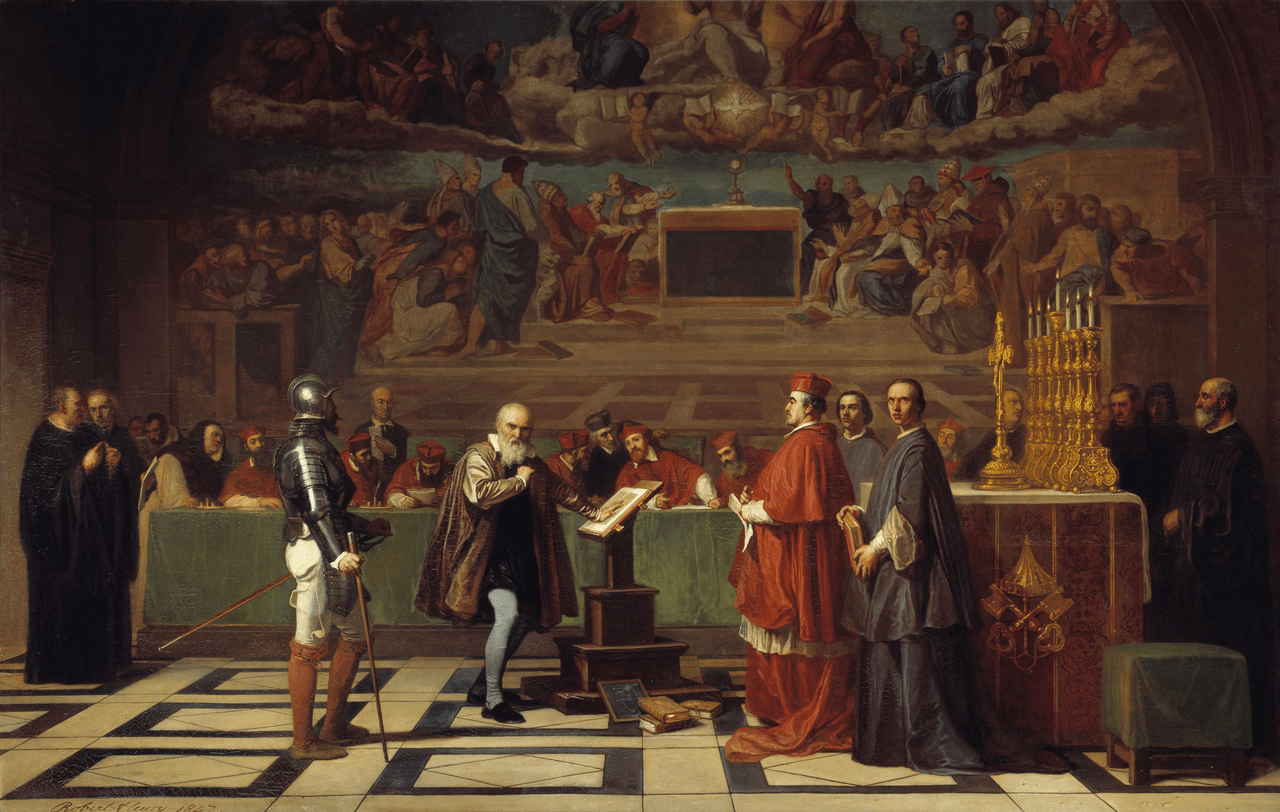
Galileo before the Holy Office (19th century) by Joseph-Nicolas Robert-Fleury
On the other hand, there were areas of cooperation and collaboration between science and religion. Many scientists during the Renaissance were deeply religious and saw their work as a means of understanding and appreciating God's creation. Furthermore, religious institutions often supported scientific research, either directly or indirectly, by funding universities and providing patronage to individual scholars.
The Renaissance's scientific revolution transformed our understanding of the natural world, paving the way for future scientific and technological advancements. This pivotal period, marked by the scientific method, groundbreaking discoveries, and science-religion interplay, laid the foundation for the modern era.
Related Posts
What was the Renaissance Influenced By?
Influential Figures of the Renaissance
The Renaissance, a period of immense cultural and intellectual growth, was driven by numerous artists, writers, and scholars whose work helped shape this transformative movement. In this section, we'll take a brief look at some of the most influential figures who left an indelible mark on the Renaissance.
Artists
Leonardo da Vinci — A true genius, da Vinci's talents spanned painting, sculpture, architecture, and engineering. His masterpieces, such as the Mona Lisa and The Last Supper continue to captivate audiences worldwide.
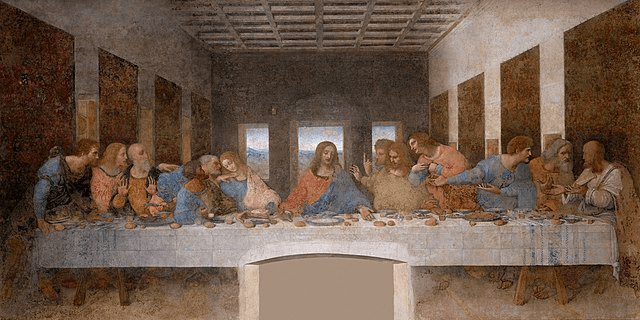
The Last Supper by Leonardo da Vinci
Michelangelo — A prolific sculptor, painter, and architect, Michelangelo is best known for his work on the Sistine Chapel ceiling and his iconic statue of David.
Raphael — Renowned for his harmonious compositions and graceful figures, Raphael's paintings, like The School of Athens embody the ideals of the High Renaissance.
Writers
Dante Alighieri — Often referred to as the father of the Italian language, Dante's Divine Comedy remains a literary masterpiece that explores themes of love, morality, and redemption.
William Shakespeare — The Bard's timeless plays and sonnets have had a profound impact on English literature and continue to be studied, performed, and adapted worldwide.
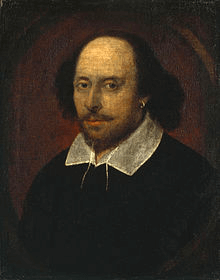
Chandos portrait of William Shakespeare (c. 1600 - 1610)
Geoffrey Chaucer — Best known for "The Canterbury Tales," Chaucer's works were instrumental in popularizing the use of vernacular English in literature.
Scholars
Nicolaus Copernicus — His revolutionary heliocentric model placed the sun at the center of the solar system, challenging the long-held geocentric belief.
Galileo Galilei — A pioneer of the scientific method, Galileo's work in astronomy and physics laid the foundation for modern science.
Sir Isaac Newton — His groundbreaking discoveries in mathematics, physics, and optics, including the laws of motion and universal gravitation, transformed our understanding of the physical world.
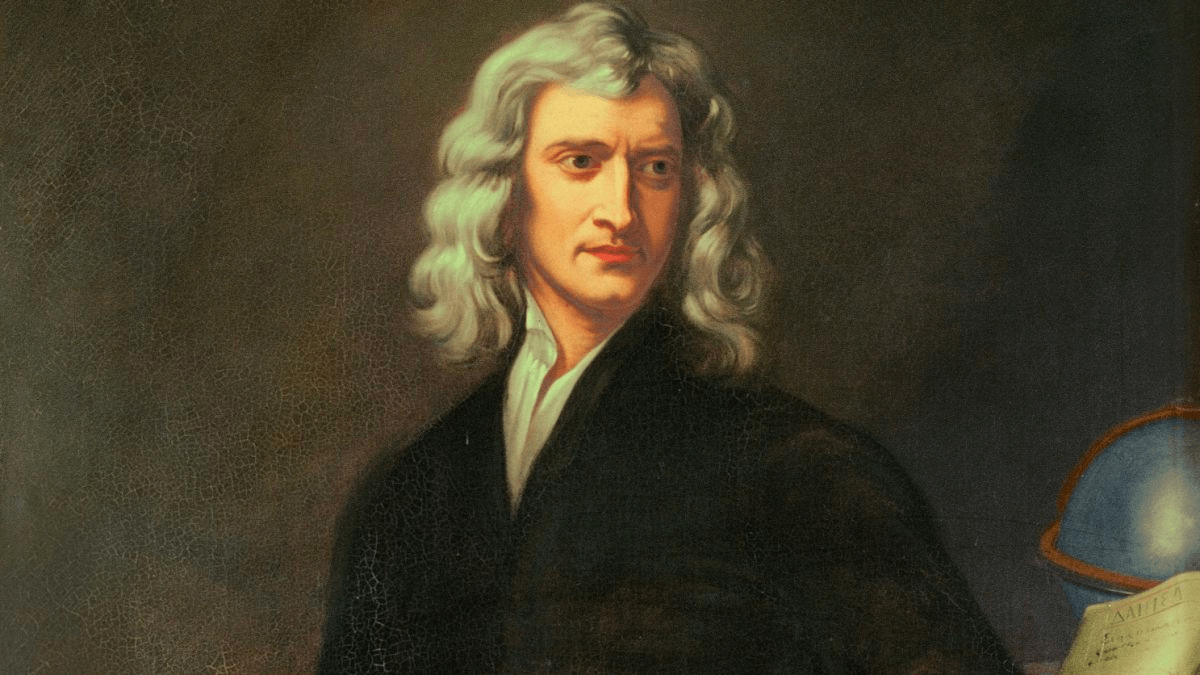
Isaac Newton portrait by Godfrey Kneller (1689)
These influential figures represent just a fraction of the incredible talent that emerged during the Renaissance. Their collective contributions not only shaped the movement but also continue to inspire and inform our world today.
The Renaissance was a remarkable period of cultural and intellectual rebirth that profoundly transformed art, literature, science, and society. This era marked the transition from the Middle Ages to the modern world, laying the foundation for advancements that continue to shape our lives today.
Driven by extraordinary artists, writers, and scholars, the Renaissance remains a testament to the limitless potential of human creativity and ingenuity.
Up Next
What is Classicism Art?
As the Renaissance era drew to a close, a new artistic movement began to emerge, paving the way for a fresh approach to creativity and aesthetics. This transition marked the beginning of Classicism, an art movement that would come to redefine the principles and ideals of beauty in the following centuries. Learn more in our next article.
Up Next: Classicism Art →
UP NEXT
Explore More Styles and Movements
This was just one of many fascinating segments of art history. There are many eras, styles, artists, and movements to discover. Let's continue our study by choosing the next stop on your way to becoming an art aficionado. Below you can visit our Art Styles Index, our Art History Timeline, or choose an individual movement.
Showcase your vision with elegant shot lists and storyboards.
Create robust and customizable shot lists. Upload images to make storyboards and slideshows.
